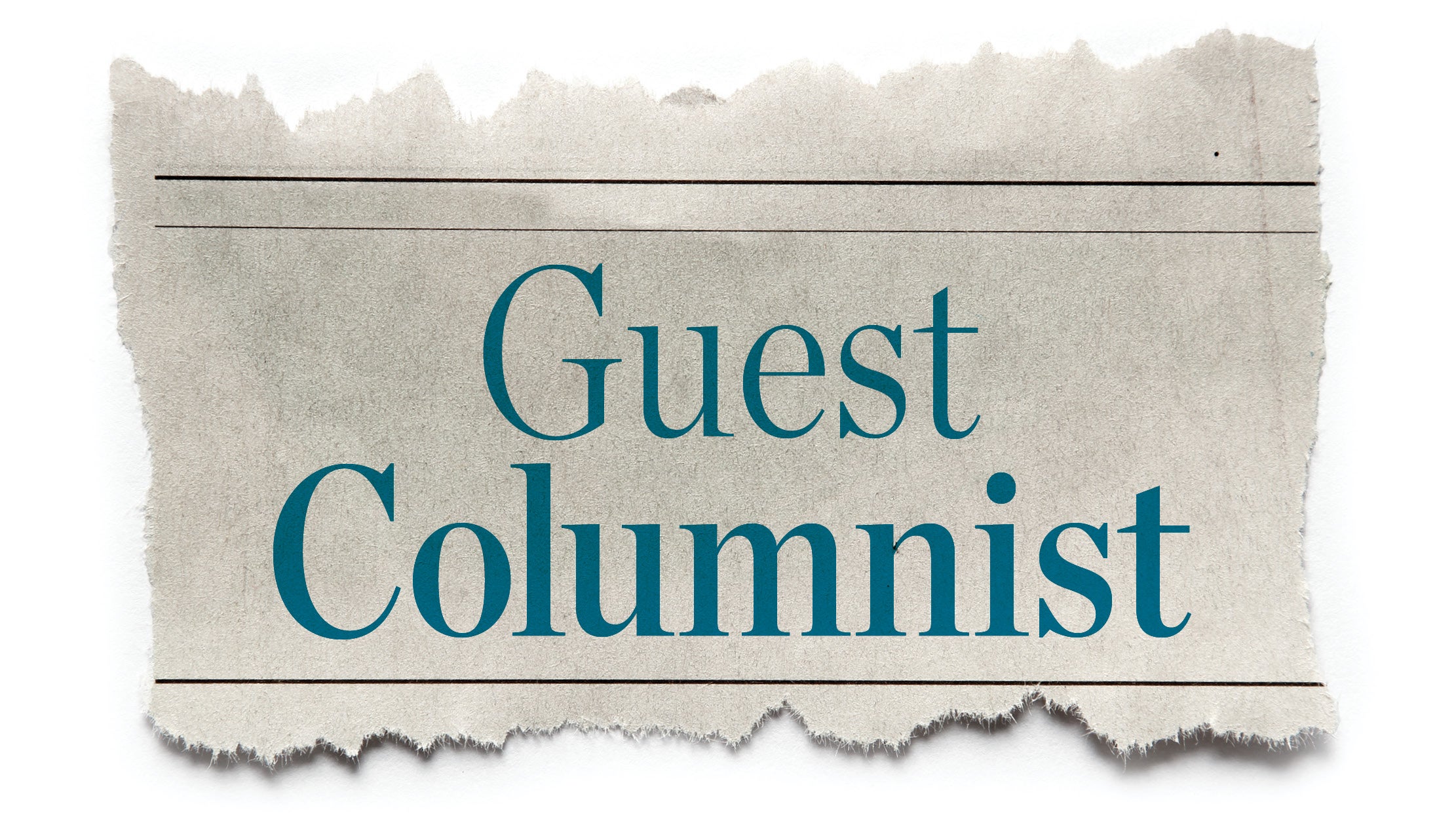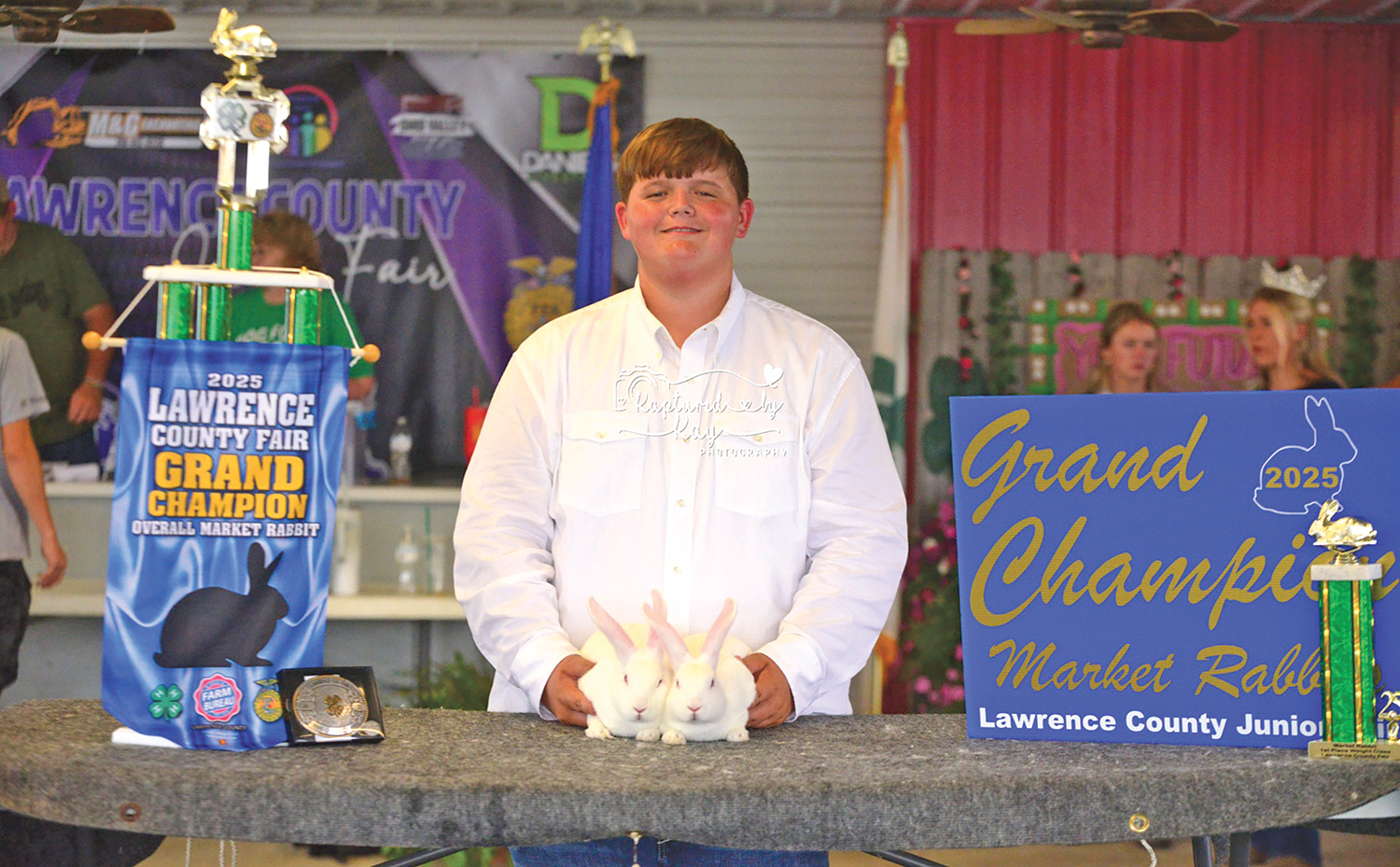Nicole Cox: COVID-19 not the first pandemic to plague Ohio
Published 11:59 pm Friday, May 1, 2020
For the past few months, a novel coronavirus has been sweeping the planet, and has infected over 3 million people so far. President Donald Trump declared a national emergency and since then the United States has over a million cases. Soon after, the phrase “social distancing” was born.
Ohio Gov. Mike DeWine issued a stay at home order in March, which has since been extended, and ordered unessential businesses, as well as schools, closed.
On a local level, Ironton Mayor Sam Cramblit issued an emergency declaration and instituted a No Handshake Policy to slow the spread of the illness. While most of us have never seen such drastic action taken on account of a virus, this is not the first time our area has dealt with something like this.
Trending
In the 1830s, a wave of cholera circled the globe. Spread through contaminated water, it usually resulted in death by dehydration.
By 1849, when Ironton was founded, thousands had died, including former President James Polk. By the time Ironton celebrated its 10th anniversary, nearly half of its founding members had died, many due to diseases. Cholera would resurface at least twice more before 1917, claiming 23 million lives worldwide.
Closely following the cholera outbreak, was the deadly spread of Typhoid Fever, caused by a type of salmonella in food and water.
Locally, this disease killed Iron Railroad president and ironmaster James Willard.
The infamous “Typhoid Mary” was an asymptomatic carrier of the illness who spread it while working in several New York kitchens. She triggered at least two outbreaks by denying she was a carrier and was eventually forced into quarantine. The mortality rate of Typhoid Fever was estimated between 10-30 percent.
Researchers have since discovered that proper hand washing could have eliminated 95 percent of cases.
Trending
Decades later, World War I soldiers living in cramped and sometimes unsanitary conditions began reporting symptoms of “la grippe” (influenza).
Although there’s a chance the disease originated in the U.S., its mutation and re-infection from Spain dubbed it the Spanish Flu. At Fort Riley in Kansas, 500 soldiers were hospitalized within a week.
Infection rates got so high at Camp Sheridan, with 1,777 deaths, nearby Chillicothe attempted to quarantine the city from the camp.
In the village of Superior, one of the military wives traveled to Camp Sherman to visit her husband and brought back with her the Spanish Flu, resulting in 9 deaths in the small community.
By the end of October 1918, 907 cases had been reported in Lawrence County alone.
Then Ohio Governor James Cox recommended local governments close public gathering places such as schools, churches, and far less popularly, saloons. This is very similar to what we’re experiencing now and, in fact, current Gov. DeWine referenced a Spanish Flu chart comparing the last-minute response in Philadelphia to the quick-acting St. Louis, whose prompt actions slowed the spread and mortality rate of the disease.
During the subsequent 18 months, it is estimated that 40 percent of the global population was infected, resulting in more deaths than World War I. It still holds the record as the worst influenza outbreak in modern history.
Other epidemics have been well-documented: consumption (tuberculosis), lung fever (pneumonia), malaria, diphtheria, dysentery, small pox, whooping cough, measles, chicken pox and scarlet fever, to name a few.
Ohio currently has over 16,000 cases of COVID-19. While the disruption to our daily lives has been difficult, it is important to reflect on historical outcomes of disease spread and prevention.
It is also important to remember we are in this together. Each of us can do our part to “Stay Home, Save Lives” and practice proper hygiene and hand washing practices.
By working together, albeit from a distance, we will persevere.
Nicole Cox is a trustee at the Lawrence County Museum and Historical Society and owner of LawrenceCountyOhio.com. She can be reached at nsratliff@gmail.com.






